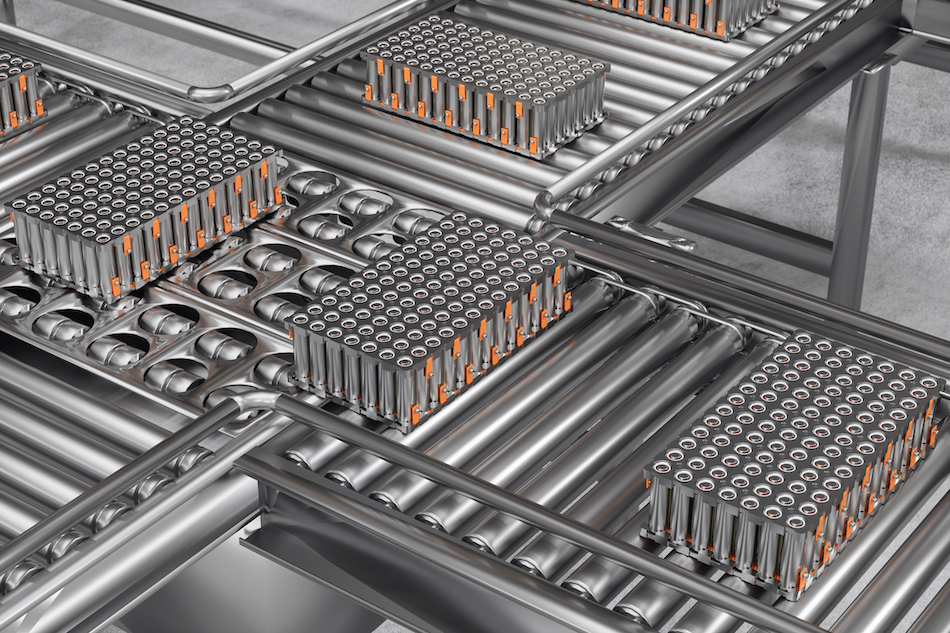Manufacturing in Africa: Engines of Growth, Supported by Shipping and Trade Finance
For much of the past half-century, Africa’s economic narrative has been dominated by commodities. Oil, minerals, and agricultural exports long defined the continent’s global role. Yet in recent years, the conversation has shifted. From Lagos to Addis Ababa, Casablanca to Durban, a manufacturing renaissance is quietly taking shape—one increasingly supported by modern shipping networks, improved logistics corridors, and the expansion of trade finance solutions. Together, these elements are transforming Africa from a continent of raw material exporters into one with credible industrial ambitions.
Manufacturing Momentum
Africa’s manufacturing sector currently contributes around 10–12% of continental GDP, a relatively modest share compared to Asia. However, its trajectory is upward. Between 2000 and 2022, manufacturing output more than doubled, reaching over USD 700 billion. Governments from Egypt to South Africa are prioritising industrialisation as a pathway to jobs, value addition, and export diversification.
Nigeria, traditionally an oil-driven economy, is seeing growth in cement, food processing, and textiles. Ethiopia has positioned itself as a hub for light manufacturing, attracting Chinese and Turkish investment in apparel and footwear. Morocco is now Africa’s automotive leader, with Renault and Peugeot plants exporting vehicles to Europe and the Middle East. South Africa continues to dominate in steel, machinery, and automotive assembly, whilst Kenya is emerging as a hub for pharmaceutical production and agro-processing.
“Africa’s manufacturing story is no longer just about raw exports—it is about jobs, value creation, and a new industrial identity.”
The African Continental Free Trade Area (AfCFTA), which commenced trading on 1 January 2021, provides a historic backdrop. By reducing tariffs and harmonising standards across 54 countries, AfCFTA aims to create a single market of 1.4 billion people with a combined GDP of over USD 3 trillion. For manufacturers, this integration lowers costs and unlocks economies of scale—two factors critical to competitiveness.
Shipping and Connectivity
No manufacturing industry thrives in isolation. Production requires reliable supply chains and export markets. Here, Africa’s shipping and logistics sector is becoming the backbone of industrial growth.
East Africa’s ports—Mombasa, Dar es Salaam, and the rapidly expanding Lamu—are critical gateways for textiles, tea, and processed foods heading to Asia and Europe. In the west, Lagos’s Apapa port and Tema in Ghana handle bulk commodities but are increasingly processing containerised manufactured goods, from plastics to electronics. North Africa benefits from geographic proximity to Europe, with Tangier-Med in Morocco now the largest container port in the Mediterranean, supporting the country’s booming car exports.
Shipping infrastructure remains uneven, however. Congestion, customs delays, and poor hinterland connections still increase costs. The World Bank estimates logistics expenses in Africa are up to 75% higher than the global average. This is where public–private partnerships and international investment are critical. Projects such as the Lamu Port–South Sudan–Ethiopia Transport (LAPSSET) corridor or the expansion of Durban harbour are examples of logistics upgrades directly tied to industrial competitiveness.

Trade Finance as an Enabler
Manufacturing expansion requires not only machinery and labour but also working capital. For African producers, securing affordable finance has historically been a bottleneck. Traditional banks have often been reluctant to extend credit to SMEs or to engage in cross-border financing due to perceived risks.
Trade finance—letters of credit, export guarantees, and supply-chain financing—has stepped in to bridge the gap. Multilateral and commercial banks have played a catalytic role, offering facilities that underwrite transactions between African manufacturers and overseas buyers, whilst also innovating with blockchain and fintech platforms to reduce friction in trade documentation and settlement.
“Trade finance and modern shipping are not side notes; they are the lifelines enabling African manufacturers to compete on the global stage.”
Among these is Euro Exim Bank, a St. Lucia-licensed international bank with a London representative office and expanding African presence. Euro Exim Bank specialises in letters of credit, standby letters of credit, and bank guarantees that facilitate cross-border trade for corporate clients. With plans to establish offices in Mauritius and other emerging markets, the bank is positioning itself as a bridge between African exporters and global buyers. Its focus on streamlining documentation and reducing transaction times has made it a valuable partner for manufacturers seeking to access international markets, particularly where traditional banks are reluctant to provide trade finance due to perceived risk.
This access to trade finance is particularly critical for exporters of manufactured goods, who must often pay upfront for inputs whilst waiting weeks or months for overseas buyers to settle. By smoothing liquidity, trade finance enables African firms to participate in global value chains that would otherwise remain inaccessible.

Growth Industries Driving Exports
Several sectors stand out as Africa positions itself as a global manufacturing base:
- Automotive and Components: Morocco and South Africa are leading exporters of cars and automotive parts, supported by strong European demand.
- Textiles and Apparel: Ethiopia, Kenya, and Mauritius are developing export-oriented garment industries, supplying brands in the US and EU under preferential trade agreements.
- Agro-Processing: Coffee, cocoa, cashew nuts, and tropical fruits are increasingly being processed at source, boosting export value. Ghana’s chocolate industry and Kenya’s tea packaging are prime examples.
- Pharmaceuticals: With Africa importing 70% of its medicines, local pharmaceutical manufacturing is growing rapidly, supported by regional health initiatives.
- Construction Materials: Cement production in Nigeria and Egypt not only serves domestic markets but is exported regionally, feeding Africa’s infrastructure boom.
- Technology Assembly: Rwanda and Egypt are piloting ICT assembly plants, producing smartphones and laptops for domestic and regional markets.
These industries, supported by both global demand and regional integration, represent the vanguard of Africa’s transition from raw commodities to finished goods.

The Road Ahead
Challenges remain. Energy shortages, regulatory uncertainty, and infrastructure bottlenecks can still derail industrial ambitions. Global competition, particularly from Asia, means African manufacturers must deliver not only on cost but also on quality and reliability. Sustainability is another factor, with carbon-conscious consumers increasingly demanding greener supply chains.
Yet the trajectory is positive. With AfCFTA unlocking intra-African markets, logistics upgrades reducing shipping costs, and trade finance smoothing cross-border flows, Africa’s manufacturing industry is better positioned than ever before. For international investors, the continent represents both a growth opportunity and a diversification play in increasingly volatile global supply chains.
Ultimately, Africa’s manufacturing growth story is not just about factories—it is about jobs, urbanisation, and a new economic identity. Supported by shipping and trade finance, the sector is laying the groundwork for Africa to shift from being the world’s quarry and farm to becoming one of its workshops.

